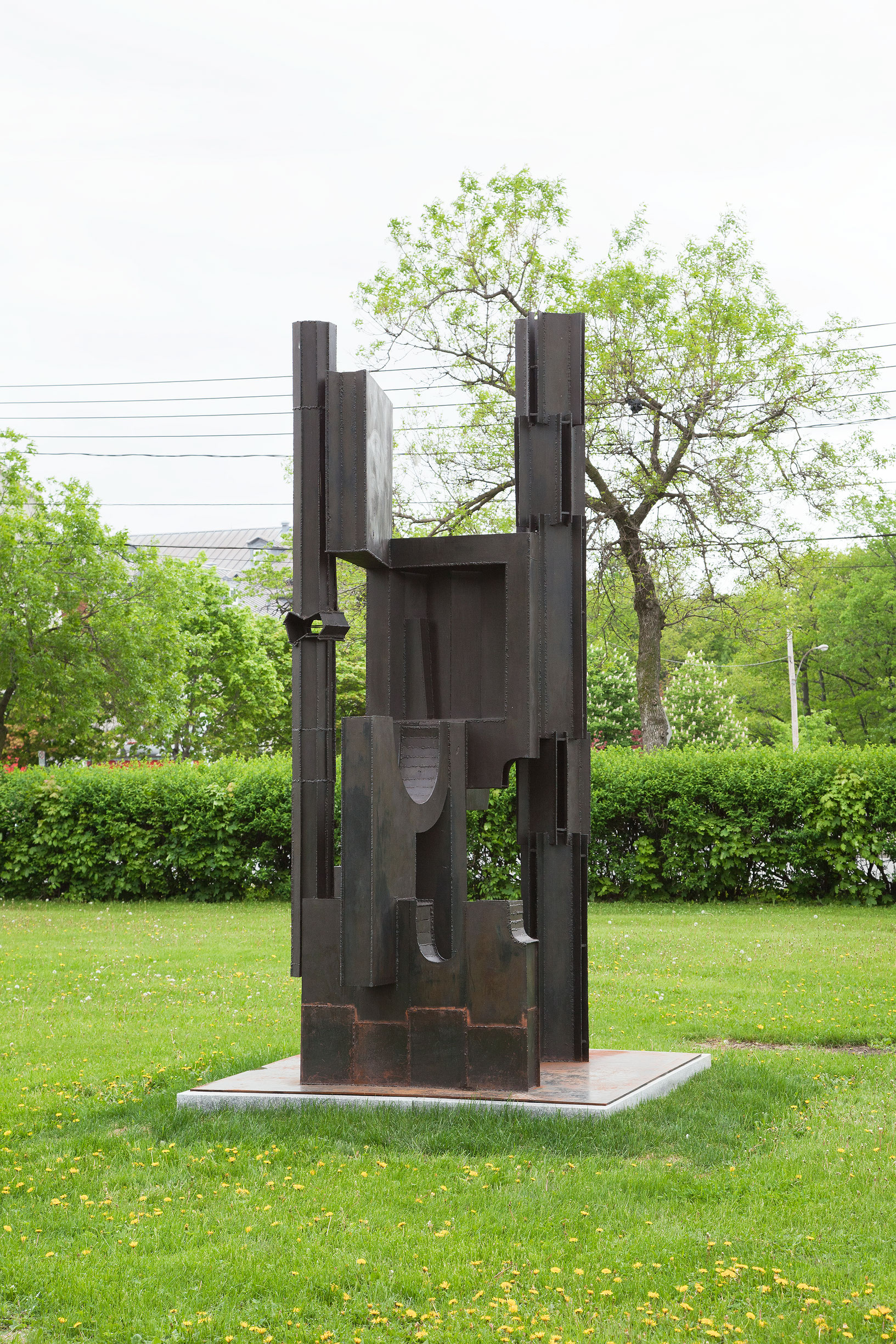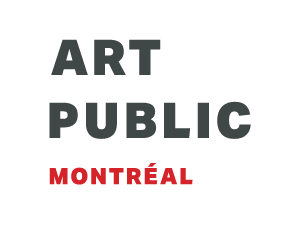

Born in Saint-Louis-de-Courville in 1931, Ivanhoë Fortier studied at the École des beaux-arts de Montréal in the late 1950s and, after an initial interest in painting, chose to concentrate on sculpture. In his practice, he experiments with various materials such as metals, stone, plaster and wood to create works with an architectural allure, many of which impress with their monumentality. Deeply attached to the problems of form, materials and space, as well as to the question of the environment, he formulated very precise ideas on the relationship between sculpture and architecture, to the point of proposing, in the 1970s, “habitable” sculptures that could function as both home and studio. Since the beginning of his career, Ivanhoë Fortier has exhibited his work both in Quebec and abroad. Monographic exhibitions of his work were presented at the Musée du Québec in 1971 and at the Musée d’art contemporain de Montréal in 1979. The artist won a prize in sculpture at the Concours artistiques de la Province de Québec in 1962. Parallel to his career as an artist, he is also a teacher, having taught for nearly thirty years at the Université du Québec à Montréal.

Artwork description
In 1965, the ministère des Affaires culturelles du Québec launches the “Symposium du Québec”, a major sculpture event held in the gardens of the recently inaugurated Musée d’art contemporain de Montréal. Nine well-known sculptors are invited to create artworks, tied to the theme of welded and cut metal, that are intended be acquired by the Musée. As a participant, Ivanhoë Fortier produces Untitled, an imposing steel sculpture now located on the site of the Maisonneuve-Rosemont hospital. Reflecting a mastery of form and line, this work echoes, through its monumentality and its architectural qualities, the idea of “inhabitable” sculptures developed by the artist in the early 1970’s.




